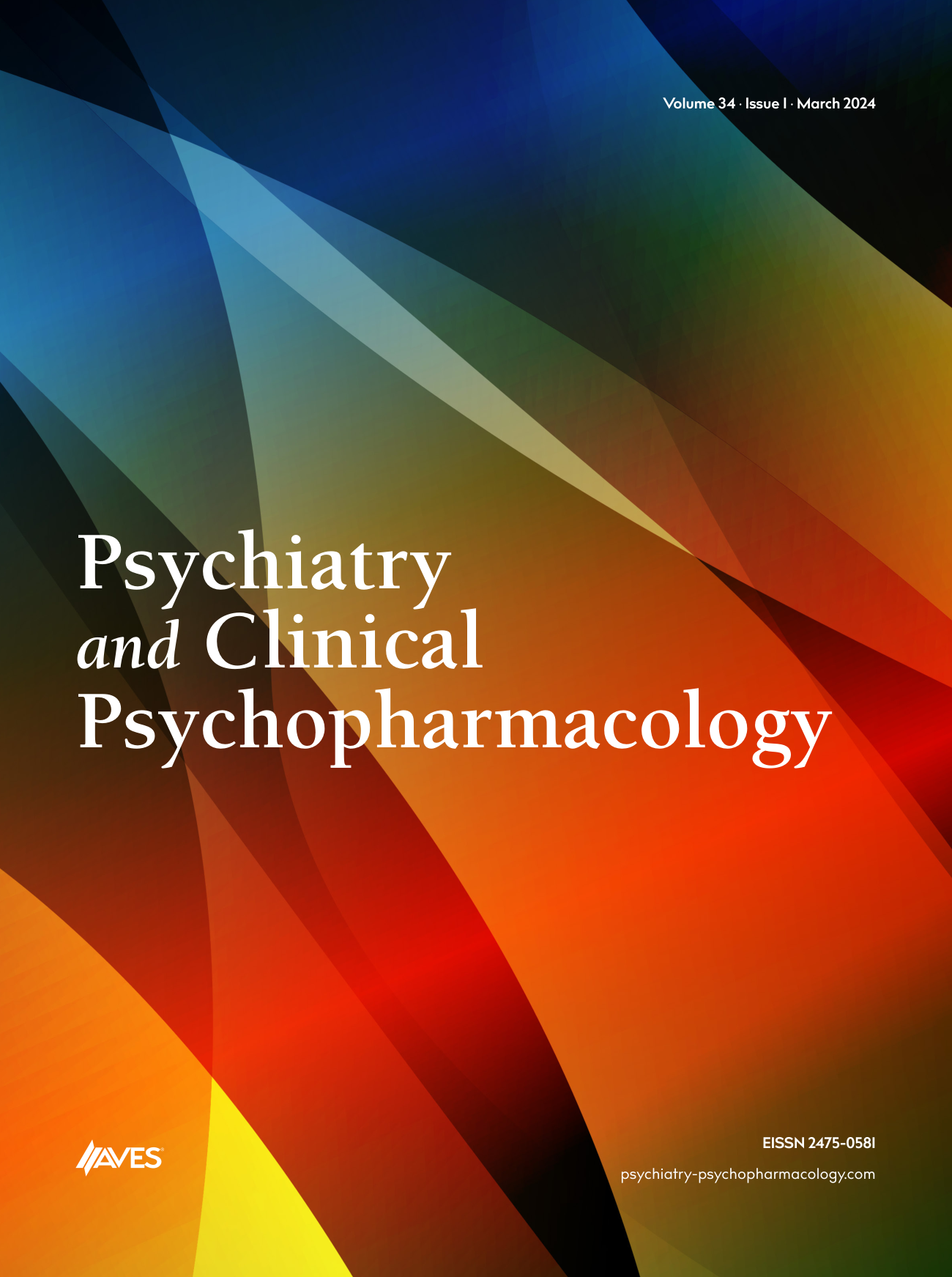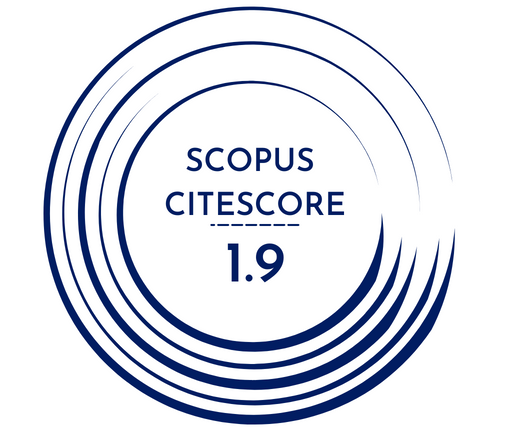This presentation aimed to describe and discuss the comorbidity between pediatric bipolar disorder (BD) and attention deficit hyperactivity disorder (ADHD) and difficulties in management in terms of discrimination. These two conditions would be distinct and unrelated; these conditions may be manifestations of the same disorder. There may be a complex relationship between these two extremes. ADHD comorbidity has become a popular discussion topic in academic circles and many journals for children and youths with BD. Studies report presence of comorbid ADHD in as much as 98% of children with BD. Irritability is a common and disabling symptom in pediatric BD, and the presence of irritability and motor disinhibition in both pediatric BD and ADHD has been one cause of the diagnostic confusion between these two illnesses. A discussion of how “none overlapping with ADHD” Diagnostic and Statistical Manual of Mental Disorders (4th ed.) mania symptoms can be useful in the differential diagnosis of irritability is also provided. Five symptoms (i.e., elation, grandiosity, şight of ideas/racing thoughts, decreased need for sleep, and hypersexuality) provided the best discrimination of BD subjects from ADHD. Irritability, hyperactivity, accelerated speech, and distractibility were very frequent in both BD and ADHD groups and therefore were not useful for differential diagnosis. High levels of irritability and aggression, along with presence of high levels of mania non-specific mood dysregulations, are reported by numerous studies to be a result of presence of comorbid ADHD. This supports the notion that there may be a subtype of BD/ADHD disorder which presents in early childhood and which has BD features different to those of classical adult onset BD. ADHD has become the biggest focus in the controversy about whether hyperactive, inattentive, emotionally labile children are really manic or really ‘just ADHD’. However, the history of ‘the hyperactive child’ syndrome reveals that it was initially designated with emotional lability, sleep disturbance, and variation in behavior. In conclusion; recent studies showing substantial comorbidity between ADHD and Bipolar Disorder in childhood are consistent. Comorbid ADHD and Bipolar Disorder may be a separate subtype of ADHD or Bipolar Disorder, similar to the situation with hyperkinetic conduct disorder which is recognized as a subtype of hyperkinetic disorders within ICD 10. The similarity between symptoms of ADHD and Bipolar Disorder supports the notion of a relationship between the symptoms. However, it is also possible that it is simply an artifact of the diagnostic systems.



